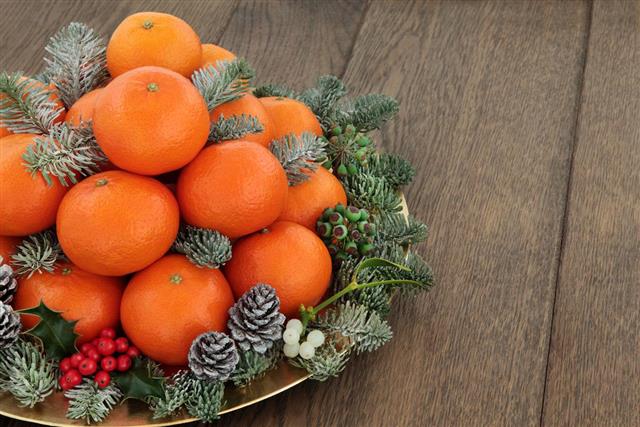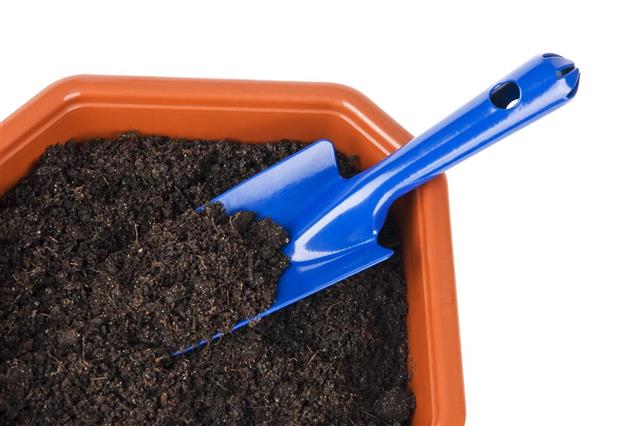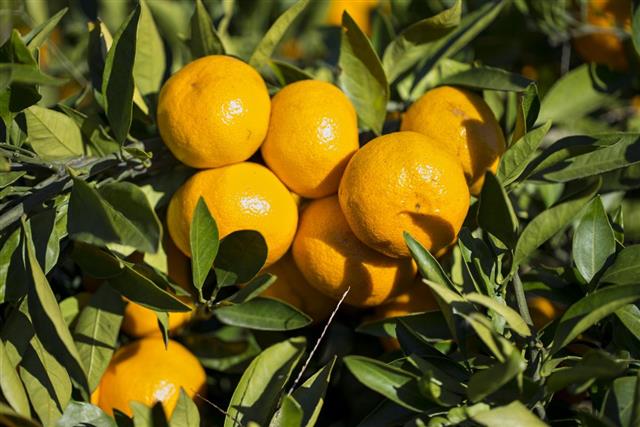
If you want to learn how to grow Satsuma orange trees, you are absolutely in the right place. Satsuma being one of the most popular orange trees across the world for its fruit, it is also a great garden tree to have. Read on to find more.
Satsuma, also known as Citrus unshiu is a commonly grown species of orange fruits that are easy to peel and are seedless in nature. They originated in Japan where the trees are called the “unshu mikan” or mikan and the “Seedless mandarin”. The fruits are extremely sweet and seedless but smaller than the normal sized oranges and they flaunt a leathery skin. Even though the skin is leathery in texture, it is very sensitive to bruising and because it is easy to peel, it can get damaged due to poor handling, leaving the fruit exposed.
The Satsuma trees usually require a lot of sunlight for growth and thus they are grown in areas where there are considerable amounts of sunlight (high temperatures). But they can survive in -9 degrees C for a small duration of time and they are woody in nature, without thorns. The Satsuma trees are usually grafted for growth as the seeds of these trees take about 8 to 9 years for complete development.
Growing Satsuma Orange Trees
When you look at a full-grown orange tree, it looks fresh with long dark green shiny leaves and bright orange fruits dangling from the branches. This look is very easy to achieve when you plant a Satsuma orange tree, as these trees are beautiful when fully developed. They are therefore used as garden trees, but only in areas of high temperatures and the climate is semitropical.
The Satsuma orange trees are slightly shorter than the other orange trees, about 4 to 6 ft with a more woody and hard bark. They can’t withstand a very cold climate during their growth phases but can stand it after they are completely mature. They are summer trees and require 7 to 8 hours of sunlight every day.
Materials Needed
- A 20 gallon container
- Sapling of the Satsuma Orange
- Potting mix
- Water
- Fertilizer
- Sphagnum peat moss
Directions
- To start, you can purchase a Satsuma orange sapling planted in a plastic container which is 5 gallon, from a nursery as growing the plant from seeds may take a long time. Therefore, you can look for a good nursery and make sure the sapling is well watered and fed.
- The 20 gallon plastic container, where you will grow the orange tree in, should have holes for aeration and drainage. You can then add the potting mix along with the sphagnum peat moss, to make the growth medium rich in nutrients for the sapling to grow. But make sure you don’t use regular soil and mix with the two growth ingredients.
- Add the fertilizer which is required to provide the food for the plant to the potting mix and mix all these ingredients together, so that they are evenly distributed throughout the medium. Transplant the young sapling from the 5 gallon container along with its roots into the new prepared 20 gallon container.
- Water it thoroughly after the potting process is over, and place it in a well heated area which receives sunlight for 7 to 8 hours of the day. When the temperatures fall below 0 degrees C you can bring the container indoors and place it at 30 degrees F.
- Make sure you don’t over water this citrus fruit tree as it doesn’t require too much water. You can water it only when the potting mix is extremely dry. Add the same fertilizer regularly, before or after you water the plant. Keep digging the mix slightly at least twice in a week so that the roots are well aerated and receives the required nutrition evenly.
- When the Satsuma tree grows up to the height of about 4 to 6 feet, you will start noticing tiny green colored orange fruits which ripen over a duration into a juicy and well shaped yield. You can take appropriate care of Satsuma orange trees to get better yield.
With these easy tips to grow Satsuma orange trees, I hope you have benefited from the information. So, go ahead and try planting these trees in your garden for a beautiful and useful fruit tree by your doorstep.


